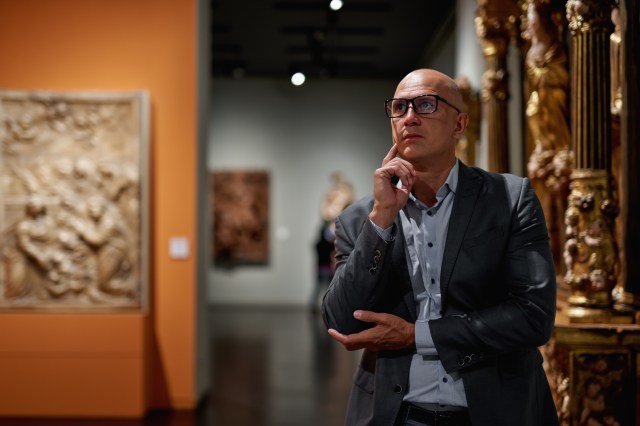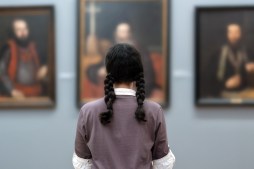How to Analyze a Painting Like an Experienced Art Critic

SUMMARY Analyzing a painting like an art critic involves careful observation of visual elements, understanding the artwork’s context, interpreting symbols, and evaluating technique. This thoughtful approach deepens your appreciation by revealing the layers of meaning and intention behind a piece. With practice, anyone can develop a richer, more engaging connection with art.
Appreciating art goes beyond just looking; it involves engaging with the painting on multiple levels. Learning how to analyze a painting like an experienced art critic can deepen your understanding and enhance your enjoyment of art. This guide will walk you through the essential steps to observe, interpret, and critique paintings thoughtfully.
Observe the Visual Elements Carefully
Begin by taking in the painting without rushing. Notice the colors, shapes, lines, textures, and composition. Pay attention to how these elements interact with one another—are there contrasts or harmonies? Consider how light and shadow are used and what mood they create. Observing these details forms the foundation for deeper analysis.
Understand the Context Behind the Artwork
Next, delve into the background of the painting. Research when it was created, who painted it, and under what circumstances. Understanding historical context or artistic movements related to the artwork can provide insight into its themes and stylistic choices. Knowing about the artist’s life can also reveal personal influences reflected in their work.
Interpret Symbols and Themes
Many paintings contain symbolic elements or recurring themes that convey messages beyond their surface appearance. Look for imagery or motifs that could hold deeper meaning—such as cultural symbols or allegories. Try to interpret what ideas or emotions the artist might be expressing through these visual clues.
Evaluate Technique and Style
Assess how skillfully technical aspects are executed in the painting. Consider brushwork quality, use of color theory, perspective accuracy, and overall style—whether realistic, abstract, impressionistic, etc. Evaluating technique helps you appreciate both artistic mastery and creative innovation present in the work.
Form Your Personal Critique Thoughtfully
Finally, synthesize your observations into a reasoned critique reflecting both objective analysis and personal reaction. What works well in this painting? Are there areas that feel less effective? How does this artwork resonate with you emotionally or intellectually? Remember that thoughtful critiques respect diverse perspectives while articulating informed opinions.
By practicing these steps regularly when viewing paintings—whether at galleries or online—you’ll develop a richer appreciation for art similar to experienced critics. With time and curiosity guiding you, analyzing paintings becomes an engaging journey into creativity’s many layers.
This text was generated using a large language model, and select text has been reviewed and moderated for purposes such as readability.











